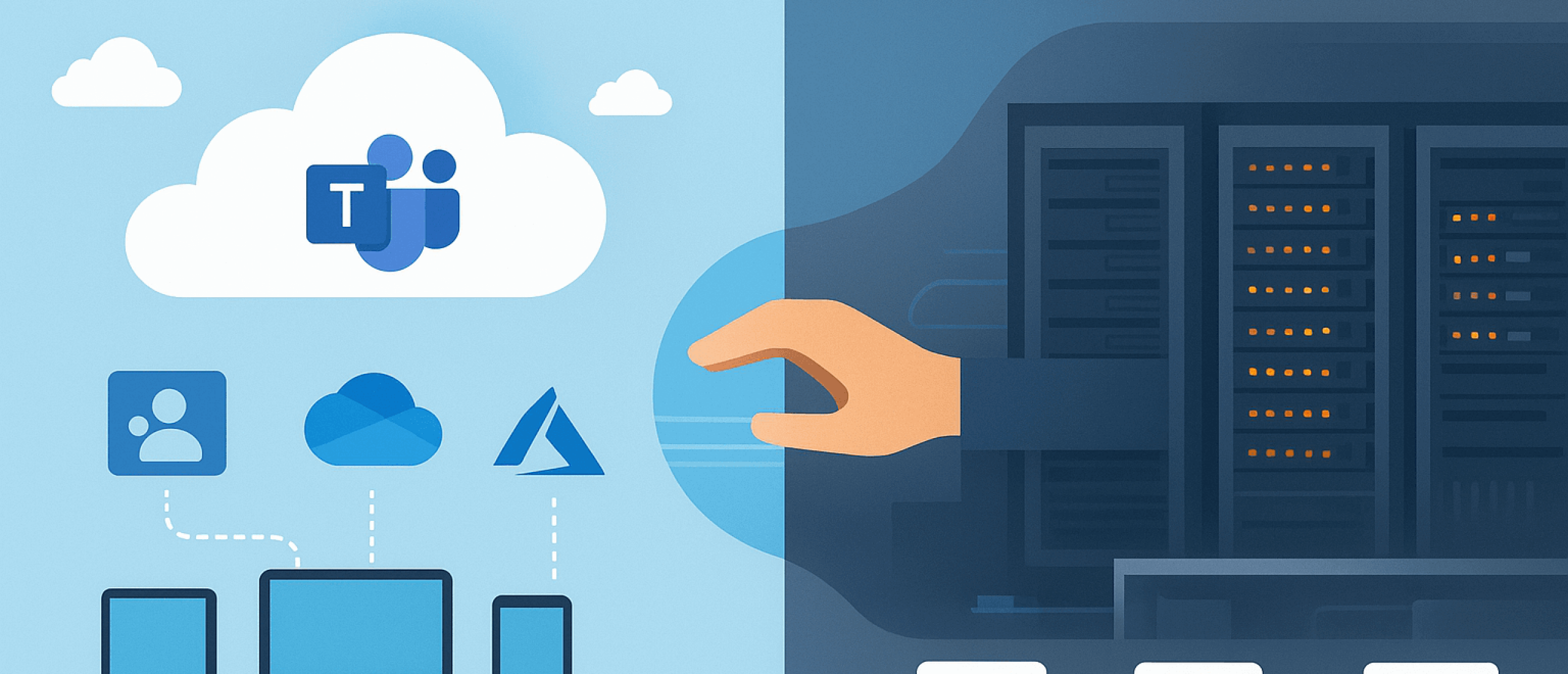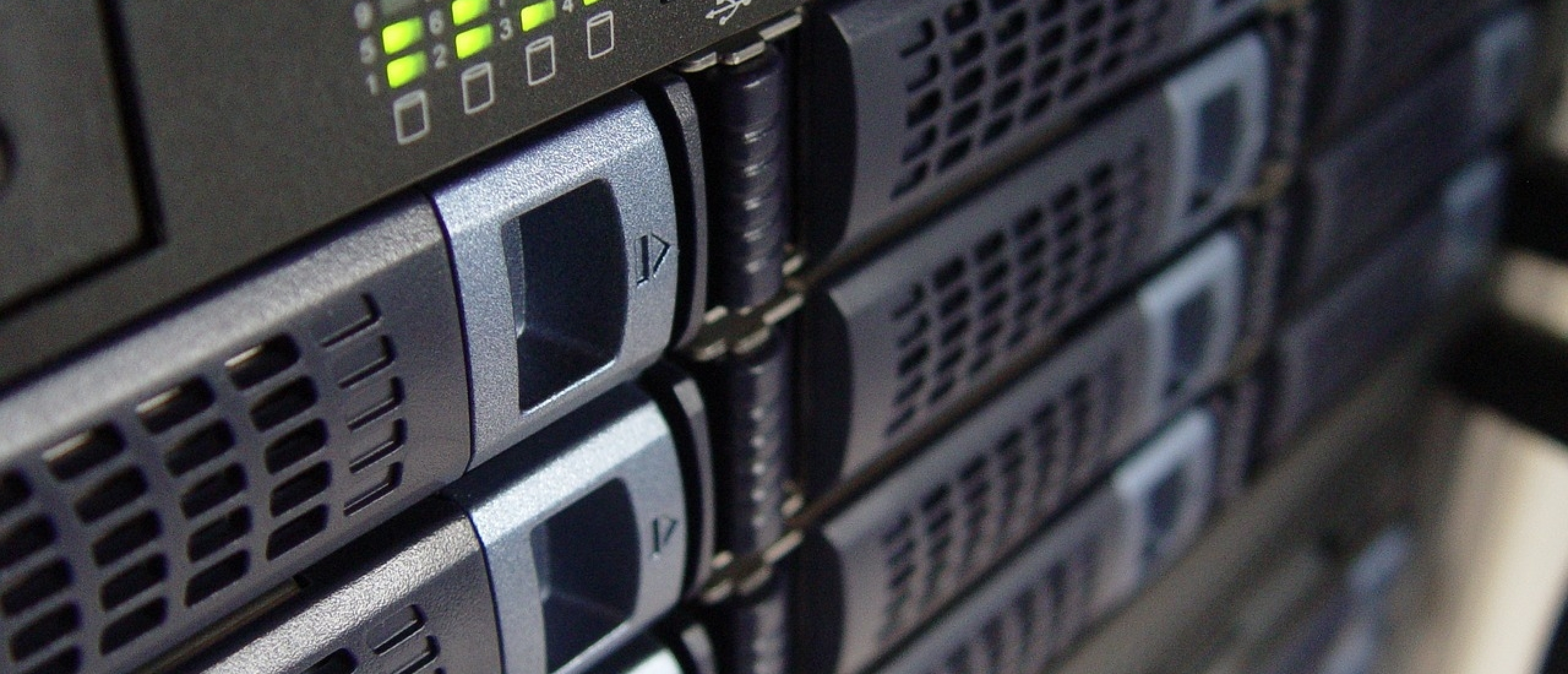
Across Europe, pressure on infrastructure is increasing. Power grids are becoming overloaded, digital dependencies are rising, and the availability of critical IT services is increasingly under strain. A recent example from the Netherlands illustrates this development strikingly: in Almere, a commercial data center was given priority for a power connection over an educational institution. Despite the societal importance of Windesheim University of Applied Sciences, the campus had to wait because the data center had submitted its request earlier.
This situation occurs in the Netherlands, but the problem crosses borders. Grid congestion, supply issues, and dependency on external service providers are challenges that companies in Germany, Belgium, France, Italy, and other European countries face just as much. This raises fundamental questions: how resilient is your organization if you are fully dependent on external IT services? And what happens if access to Cloud systems or energy infrastructure is temporarily unavailable?
The Vulnerability of Full Outsourcing
In recent years, many companies have opted for modern cloud solutions, software-as-a-service (SaaS), and subscription models. These solutions offer convenience, scalability, and often lower entry costs. They allow for rapid implementation and relieve businesses of the burden of maintenance, updates, and management. However, behind these advantages lies a significant risk: the loss of direct control over your digital core processes.
When your entire business operations depend on cloud-based software, you are subject to the availability and performance of external systems. You are bound to the provider’s terms, and changes in pricing models, access levels, or functionalities can be implemented unilaterally. In the event of disruptions, network problems, or infrastructure limitations, this can lead to acute interruptions in your business processes — such as grid congestion or energy shortages.
The aforementioned example from Almere highlights that access to digital resources and energy infrastructure is not guaranteed. When an educational institution cannot get electricity because a data center submitted its application earlier, the vulnerability of the prioritization becomes painfully clear. These scenarios are not unique to the Netherlands but can occur anywhere in Europe. Companies that do not control their own IT infrastructure risk being left empty-handed.
The consequences are considerable: operations can come to a halt, employees may be unable to work, and digital services cease to function. This doesn’t only result in lost revenue — it damages customer trust, breaches SLAs, and endangers the company’s reputation. In sectors such as healthcare, logistics, or financial services, the effects can be even more severe due to their continuity requirements.
International Examples of Vulnerability
The risks of full IT dependency are not exclusive to the Netherlands. Internationally, organizations are increasingly affected by outages and disruptions that significantly impact their operations. With growing pressure on digital infrastructures and rising dependence on external IT services, disruptions can occur swiftly and on a large scale — with far-reaching consequences. Three recent examples from 2024 illustrate how organizations in different countries and sectors are struggling:
CrowdStrike update causes global system outages
On July 19, 2024, a faulty update to CrowdStrike’s Falcon Sensor caused blue screens and system crashes on millions of Windows machines worldwide. This led to outages at airports, hospitals, and banks — revealing the risks of relying on external cybersecurity (source: Reuters).Cloud service outage disrupts banking services
In October 2024, a power outage at a Google Cloud data center in Europe caused hours of downtime for banking services. Customer portals and payment processing systems were inaccessible, leading to widespread frustration.Software error halts car production
In August 2024, a software bug at a French car manufacturer halted production lines, causing millions of euros in losses (source: Electrive).
The Value of In-House IT
Setting up your own IT infrastructure does not mean reverting to outdated technology. It means strategically rethinking ownership, reliability, and control. By opting for a one-time purchase of software and installing essential systems such as Microsoft Office or Windows Server locally, you reduce your dependence on external cloud providers and minimize your vulnerability to disruptions.
Independently operating software continues to function even when there are network issues or temporary loss of cloud access. This means you are less affected by external conditions and maintain full control over your business operations. It increases continuity and strengthens your resilience to sudden changes in digital or physical infrastructure.
The advantages of in-house IT:
• More control and independence: You decide which software and infrastructure to use, without being subject to changing terms or priorities of external providers.
• Cost control: By investing in one-time licenses, you avoid recurring monthly fees. You benefit from a predictable cost structure and avoid budget surprises, which is advantageous for financial planning.
• Security: Sensitive data stays within your own environment, reducing the risk of data breaches through third parties. This improves internal compliance and helps meet strict regulations such as the GDPR.
• Availability: Local systems remain accessible even during network failures, cloud outages, or limitations in external infrastructure. This is especially important for mission-critical applications.
• Customization: You can tailor systems and software to fit your specific business processes without being limited by the standardization or restrictions of cloud-based platforms.
In a time when access to IT and energy infrastructure is no longer unlimited or guaranteed, in-house IT becomes a strategic choice. It is a choice for continuity and long-term sustainability. For example, by investing in a locally operated solution such as Windows Server 2025 via Softtrader, you strengthen your autonomy and reduce your dependence on external cloud providers.
What You Should Consider
In-house IT also requires something from your organization. You must invest in hardware, licenses, and technical management. This also means you are responsible for updates, security, backups, and maintenance. Additionally, scalability is less flexible than with cloud solutions, as extra capacity requires planning, investment, and possibly physical expansion.
You may also benefit less quickly from new features that are automatically rolled out in cloud subscriptions. That’s why it is important to consider in advance: which IT model best matches your risk profile, cost structure, and need for flexibility?
Softtrader Supports Businesses in Digital Independence
Softtrader helps organizations across Europe bring their IT environment back under their own control. We supply official Microsoft volume licenses, allowing you to install fully functional software locally, without ongoing subscription obligations.
Our solutions include Office, Windows Server, and other commonly used business applications. Thanks to this approach, you retain control over costs, availability, and infrastructure. Especially now, as pressure on infrastructure and digital dependency increases across Europe, it is wise to invest in robust and independent IT solutions.
Want to save on software licenses and gain more control over your IT? Get in touch with our team for expert advice or request a free, no-obligation quote.












